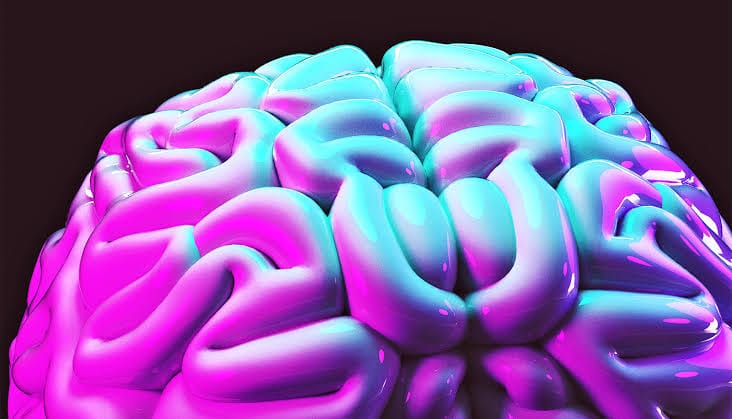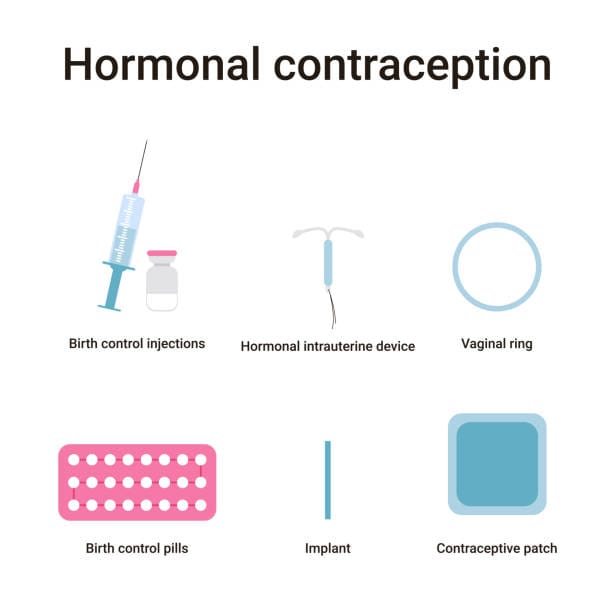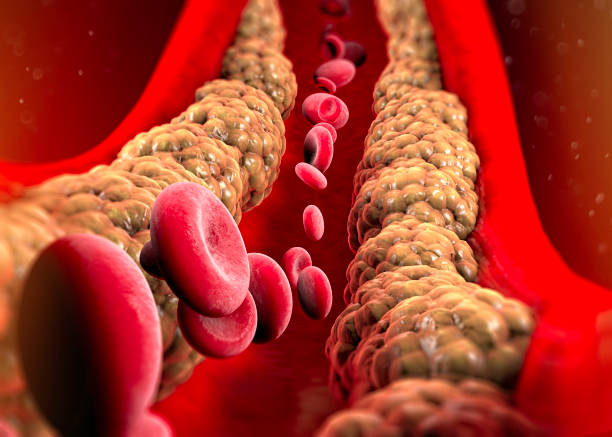Diabetes is not a condition that announces itself with thunder and lightning. It is quiet, insidious, and patient. It begins deep in the body’s intricate cellular machinery, where glucose—the primary fuel for our survival—is either trapped outside the cells or left unregulated inside the bloodstream. Unlike infections that come and go or injuries that scar visibly, diabetes can build its dominion silently over years, affecting the eyes, kidneys, heart, nerves, and even emotions—until one day it demands to be noticed.
The first signs might seem mundane: fatigue that clings like fog, thirst that never abates, or wounds that take too long to heal. But beneath these symptoms lies a profound disorder of balance—a system no longer able to regulate one of life’s most vital processes. To understand diabetes is to peer into the delicate choreography of hormones, organs, cells, and food—a dance easily disrupted, but one that, with care, can often be restored.
The Dance of Glucose and Insulin
To grasp what goes wrong in diabetes, we first need to understand what goes right in a healthy body. Every bite of food—especially those rich in carbohydrates—is eventually broken down into glucose. This sugar enters the bloodstream, signaling the pancreas, a small gland behind the stomach, to release insulin. Insulin is the key that unlocks the doors of our cells, allowing glucose to enter and be used for energy or stored for later.
In diabetes, this dance falters. In Type 1 diabetes, the pancreas is attacked by the body’s own immune system, ceasing insulin production entirely. In Type 2 diabetes, which accounts for over 90% of cases worldwide, the body still produces insulin but becomes resistant to it. The locks are jammed, and the keys no longer work. Glucose builds up in the blood like traffic on a jammed highway—dangerous and chaotic.
Without enough insulin action, cells starve, while the bloodstream floods with sugar. Over time, this sugar damages blood vessels and organs, setting the stage for a host of complications: blindness, kidney failure, heart attacks, amputations. But while the outcomes of uncontrolled diabetes are severe, the tools to manage it—especially naturally—are powerful and often transformative.
The Emotional Landscape of a Diagnosis
A diagnosis of diabetes is not just a clinical event—it is an emotional earthquake. For many, it comes with fear, shame, denial, or anger. Some feel betrayed by their own bodies, while others feel overwhelmed by the mountain of changes suddenly required of them. In this moment, information can feel like both a lifeline and a burden.
But beneath the initial shock lies an opportunity—a chance to reconnect with the body, to reevaluate lifestyle, to build resilience. Many people with diabetes describe a kind of awakening: they become more mindful of what they eat, more attuned to how their bodies feel, more committed to self-care. In that sense, diabetes can be not just a disease to manage, but a catalyst for transformation.
Understanding the Different Faces of Diabetes
Type 1 and Type 2 diabetes are the most well-known forms, but diabetes wears many faces. Gestational diabetes, for instance, occurs during pregnancy, often disappearing after birth but leaving a legacy of increased risk. There’s also LADA—Latent Autoimmune Diabetes in Adults—which straddles the line between Type 1 and Type 2. Then there’s MODY—Maturity Onset Diabetes of the Young—a rare genetic form. Each type has its own rhythm, its own triggers, its own trajectory.
What unites them all is a shared core: dysregulation of blood sugar. But the causes are diverse—autoimmune attack, genetics, excess body fat, sedentary lifestyle, hormonal changes, or even chronic stress. Natural management begins by recognizing these root causes and gently but persistently addressing them.
Food as Medicine, or Poison
For centuries, food was viewed as medicine, not merely sustenance. In diabetes, this ancient wisdom regains its relevance. Each bite can either stabilize blood sugar or send it spiraling. Managing diabetes naturally doesn’t mean denying oneself pleasure, but rather redefining it—finding joy in nourishment rather than indulgence.
Refined carbohydrates—white bread, sugary drinks, candy, pasta—are the archvillains in the diabetic narrative. They are absorbed quickly, causing a spike in blood sugar, followed by a crash. In contrast, whole foods—rich in fiber, healthy fats, protein, and complex carbohydrates—enter the bloodstream more slowly, keeping glucose on a gentle wave rather than a roller coaster.
Vegetables, especially leafy greens and cruciferous types, are metabolic gold. Berries offer sweetness without guilt. Healthy fats from avocados, nuts, seeds, and olive oil support cell membranes and hormone production. Legumes and whole grains provide complex energy and satiety. Spices like cinnamon, turmeric, and fenugreek may even improve insulin sensitivity.
Intermittent fasting, when done wisely and under medical supervision, has shown promise in improving insulin resistance. By giving the digestive system time to rest, the body can restore sensitivity to insulin and clear excess glucose more effectively.
The Vital Role of Movement
Exercise is perhaps the most underused natural medicine for diabetes. It lowers blood sugar in the short term and improves insulin sensitivity in the long term. Every step, every heartbeat, every drop of sweat nudges the body toward better regulation.
Cardiovascular activities like walking, swimming, or cycling burn glucose directly. Strength training builds muscle mass, increasing the number of “glucose sinks” in the body. Even yoga and tai chi, though less intense, help regulate stress hormones and promote metabolic balance.
Importantly, exercise doesn’t have to be extreme to be effective. A brisk walk after meals can blunt postprandial glucose spikes. Five minutes of stretching every hour can reduce sedentary time’s harmful effects. The key is consistency, not intensity.
The Hidden Enemy: Chronic Stress
In the modern world, stress is both ubiquitous and invisible. It’s in the ping of emails, the glare of screens, the weight of financial worry. And it’s a major driver of blood sugar dysregulation.
When we’re stressed, our bodies release cortisol and adrenaline—hormones that signal the liver to release more glucose, preparing us to fight or flee. In short bursts, this is adaptive. But in chronic doses, it becomes harmful. Stress can raise blood sugar independently of food intake, worsen insulin resistance, and lead to emotional eating or poor sleep—further compounding the issue.
Natural management of diabetes must include stress reduction. Meditation, deep breathing, time in nature, creative expression, and strong social bonds all help soothe the nervous system. In cultures where longevity is common, such as the “Blue Zones,” community connection and a sense of purpose are just as vital as diet and exercise.
The Microbiome and Metabolic Health
Emerging science has uncovered a fascinating link between the gut microbiome and diabetes. The trillions of bacteria living in our intestines help digest food, regulate inflammation, and even influence insulin sensitivity. A disrupted microbiome—often caused by processed foods, antibiotics, or lack of fiber—can lead to systemic inflammation and metabolic dysfunction.
Fermented foods like yogurt, kefir, sauerkraut, and kimchi can replenish beneficial bacteria. Prebiotic-rich foods—such as onions, garlic, leeks, and asparagus—feed those bacteria. Together, they foster a healthier gut environment that supports blood sugar regulation and reduces inflammation.
Some research suggests that individuals with Type 2 diabetes may have distinct microbial imbalances. Restoring microbial diversity could become a pillar of natural treatment in the future, blending ancient wisdom with modern science.
Sleep: The Forgotten Pillar
We often think of food and exercise as the mainstays of health, but sleep is just as critical—especially for people with diabetes. Sleep deprivation increases insulin resistance, triggers cravings for sugar, and raises cortisol levels. It also impairs the body’s ability to repair and regulate itself.
Good sleep hygiene—such as consistent bedtime, dark and quiet sleeping space, and limiting screen time before bed—can have profound effects. Natural sleep aids like magnesium, chamomile tea, and cognitive behavioral therapy for insomnia offer drug-free support for restful nights.
In the context of diabetes, sleep is not a luxury. It is a non-negotiable necessity.
Reclaiming Autonomy Through Knowledge
One of the most damaging myths about diabetes is that it is a death sentence or a guarantee of decline. The truth is far more hopeful. While Type 1 diabetes requires lifelong insulin, many people with Type 2 diabetes—especially when diagnosed early—can manage or even reverse it with natural methods.
Reversal doesn’t mean cure—it means achieving normal blood glucose levels without the need for medication. This requires sustained changes in diet, movement, stress management, and mindset. But it is possible, and the body often responds more generously than expected. Cells regain sensitivity. Fatigue lifts. Vision clears. Life reawakens.
Knowledge is empowerment. Understanding how your body responds to different foods, activities, and emotions allows you to tailor your care. Glucose monitoring—whether through finger sticks or continuous glucose monitors—provides real-time feedback, turning invisible processes into visible patterns.
The Power of Support and Community
Managing diabetes can be lonely, but it doesn’t have to be. Across the world, peer support groups, online forums, and wellness programs offer a lifeline. Sharing stories, challenges, recipes, and victories fosters motivation and accountability. More importantly, it restores a sense of belonging.
Family involvement also plays a pivotal role. When loved ones understand diabetes and support healthy choices, outcomes improve. Cooking meals together, walking after dinner, or simply listening without judgment can change the trajectory of someone’s journey.
In some cultures, community is central to healing. Natural management thrives in environments where meals are shared, stress is low, and movement is built into daily life. By reimagining health as a collective effort, not an individual burden, we can reclaim the joy of living well together.
Looking Ahead: Hope on the Horizon
Science is advancing rapidly. Nutrigenomics, precision medicine, and plant-based therapies are revealing new ways to manage and even prevent diabetes. But while new technologies are valuable, the core principles remain timeless: eat real food, move your body, manage stress, sleep deeply, connect with others.
Natural management is not about rejecting medication—it’s about embracing wholeness. For some, medication will always be necessary. But for many, lifestyle is not just complementary; it is primary. The more we align with nature’s rhythms, the more the body remembers how to heal.
What begins as a diagnosis can become a journey of self-discovery. Diabetes demands attention, but it also offers a mirror—reflecting back our habits, choices, and values. In learning to care for our blood sugar, we learn to care for ourselves.
Final Reflections: A Gentle Revolution
Diabetes is a complex condition rooted in biology, behavior, and environment. But it is not invincible. With knowledge, compassion, and persistence, its grip can be loosened. The path to natural management is not always easy, but it is deeply rewarding. It invites us to slow down, listen to our bodies, and return to the wisdom of simplicity.
We are not powerless. With every mindful meal, every walk in the sun, every breath that calms the mind, we reclaim our agency. Diabetes may change the story—but it doesn’t have to end it.
In the words of Hippocrates, “Let food be thy medicine.” In the language of today, let nature, movement, sleep, and love be your compass. Because the body—given the chance—remembers how to heal.






